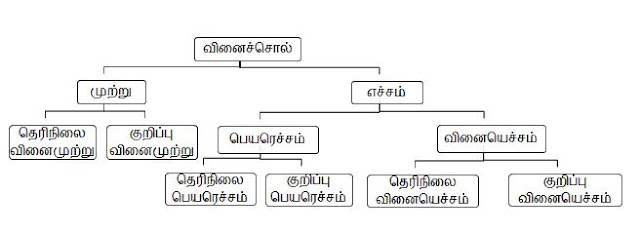Introduction
Vanakkam to all!
Most Tamil people are settled outside Chennai and hence people are not getting the scope to learn Tamil. Even in Chennai the children are learning Hindi other than English. Somehow they manage to speak. Many may still be interested to learn the language a little bit. Spoken Tamil is added along with written language to benefit people who at present can’t even speak.
BRIEF INTRODUCTION TO THE TAMIL LANGUAGE
தமிழ்
If you separate the letters and find the meaning you will get the meaning “Original, not corrupted from external.
The name Tamil itself signifies that it is original and not corrupted from external.
The Uniqueness of Tamil Language:
1. Tamil was the first Classical Language of India to be declared by Government of India in the year 2004 and Sanskrit was declared as Classical language in 2005. These two languages are undoubtedly parental sources for many languages belonging to the Indo-European family and the Dravidian family of linguistic groups. Later the government declared Kannada and Telugu (in 2008) as classical languages of India. In 2013, Malayalam was also given status of classical language. In 2014 Odiya was also given the status of Classical language.
2. According to George L.Hart, California, Berkeley, Tamil is extremely old (as old as Latin). It arose as an entirely independent tradition with almost no influence from Sanskrit or other languages. Its ancient literature is indescribably vast and rich. Tamil has a very rich literary heritage and a long literary tradition spanning more than 2500 years and may be far older than that.
The quality of classical Tamil literature is such that it can fit to stand beside the great literatures of Sanskrit, Greek, Latin.’ ‘Tamil has its own poetic theory, its own grammatical tradition, its own aesthetics and a large body of literature that is quite unique.’
3. Tamil alphabets has simple 30 letters – 5, short vowels, 7 long vowels and 18 mute consonants.
4. Tamil contains least consonants among all the Indian languages.
5. Tamil is one of the few ancient world languages with explicit grammar.
6. It can be written and spoken in any pattern. Subject, verb and object pattern need not be followed. Still the sentence will make sense. Examples given below:
· லதா படித்தாள் புத்தகம் Latha read the book
· லதா புத்தகம் படித்தாள் Latha the book read
· படித்தாள் லதா புத்தகம் read Latha the book
· படித்தாள் புத்தகம் லதா read the book Latha
· புத்தகம் படித்தாள் லதா the book read Latha
· புத்தகம் லதா படித்தாள் the book Latha read
7. Tamil is a null-subject language. Not all Tamil sentences have subjects, verbs and objects. It is possible to construct valid sentences that have only a verb, such as mudinduviṭṭatu (முடிந்துவிட்டது) "It is completed", or only a subject and object, such as atu eṉ vīṭu (அது என் வீடு) "That is my house".
8. Tamil has no articles.
9. A highly developed and dynamic language wherein for example, prepositions may either be spelt separate or be spelt merged with nouns.
10. The script is its own and not borrowed and modified, as with many other languages including English.
11. Tamil is having official national language status (i.e. Government language at par with other national language, English and French) in Ceylon, Singapore, Malaysia, Mauritius, Seychelles, etc.
12. Tamil is a diglossic language spoken mostly in Tamil Nadu, a state in southern India and Northern, Eastern Regions of Sri Lanka. The classic form is preferred for writing, and is also used for public speaking. While the written Tamil language is mostly standard across various Tamil-speaking regions, the spoken form of the language differs widely from the written form.
13. Tamil language has no capital letters and no joint letters (in Hindi you can them juktakshar).
TOP OF PAGE


No comments:
Post a Comment